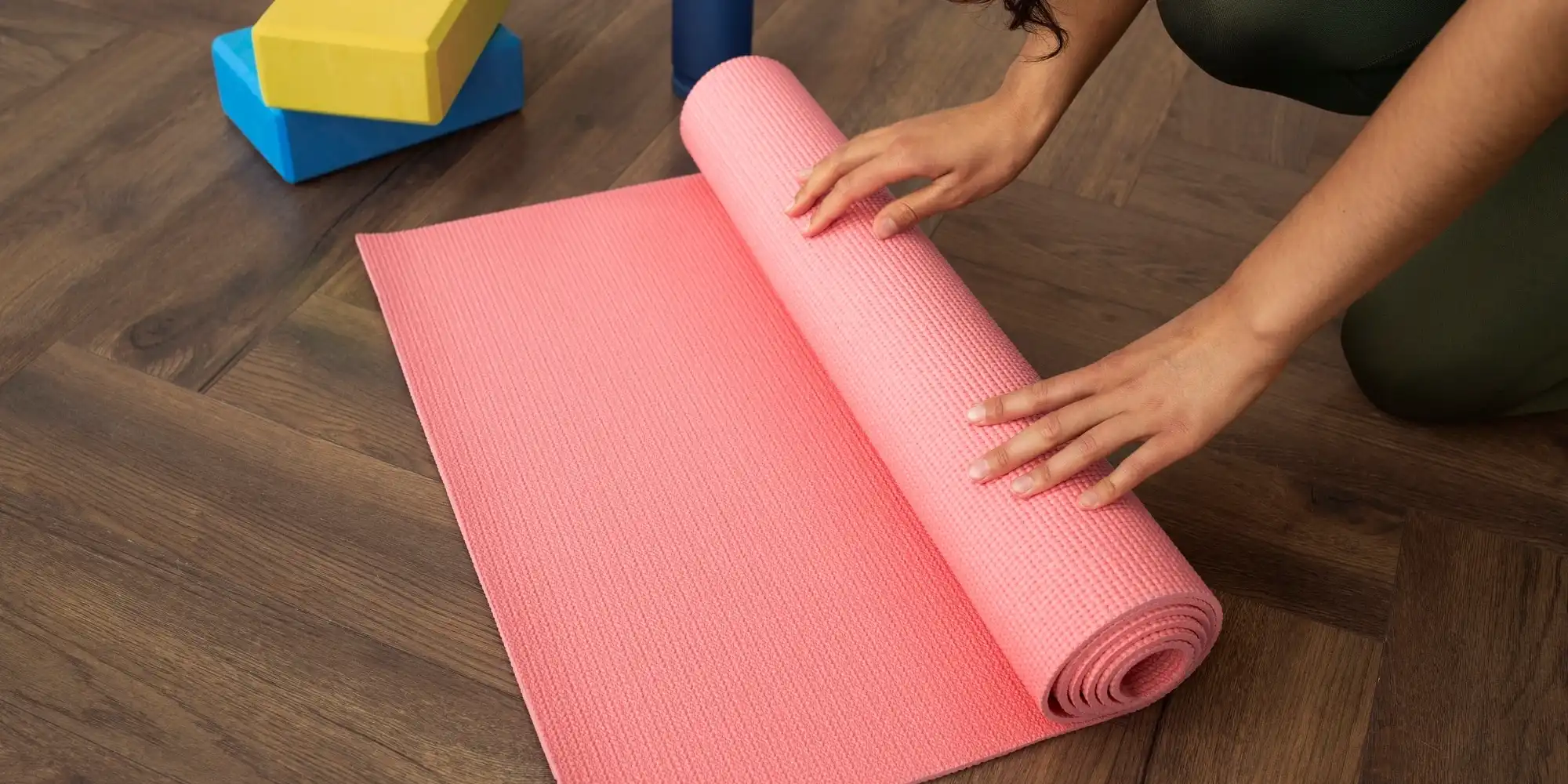Yoga, an ancient practice with roots tracing back thousands of years, has evolved into a global phenomenon. As yoga enthusiasts deepen their commitment to this holistic approach to well-being, the importance of the tools used during practice cannot be overstated. One such crucial tool is the yoga mat, a seemingly simple accessory that plays a pivotal role in enhancing the overall yoga experience. In this article, we explore the science behind the ergonomic features of yoga mats and how they contribute to the comfort and support essential for a fulfilling practice.
The Foundation of Comfort
At first glance, a yoga mat may appear to be a basic piece of equipment, but its design is intricately crafted to provide practitioners with a foundation of comfort. The primary material used in most yoga mats is PVC (polyvinyl chloride), TPE (thermoplastic elastomers), or natural rubber, each chosen for its unique blend of durability, flexibility, and eco-friendliness.
The thickness of a yoga mat also plays a crucial role in its comfort level. Mats generally range from 1/16 inch to 1/4 inch in thickness. Thicker mats provide more cushioning for the joints, making them ideal for individuals with joint sensitivities or those who prefer a more comfortable surface.
Slip Resistance: Stability Redefined
Imagine trying to hold a downward dog pose only to find your hands and feet slipping all over the mat – not an ideal situation. This is where the slip resistance of yoga mats comes into play. Most mats have a textured surface, often featuring patterns or grip-enhancing materials, to prevent slipping during poses and transitions.
The slip resistance of a yoga mat is not only about convenience but also about safety. Maintaining stability on the mat promotes proper alignment and reduces the risk of injuries, allowing practitioners to focus on the mental and spiritual aspects of their practice without distraction.
Alignment Guides: The Silent Instructors
For practitioners striving to perfect their poses and maintain proper alignment, some yoga mats come with alignment guides. These guides, often represented by visual markers or printed lines, assist in positioning the hands and feet correctly. They serve as silent instructors, helping individuals refine their postures and deepen their practice with each session.
The Eco-Friendly Revolution
As our awareness of environmental impact grows, so does the demand for eco-friendly yoga mats. Many manufacturers are now producing mats from sustainable materials such as natural rubber, organic cotton, or recycled PVC. These mats not only contribute to a healthier planet but also often feature the same high-quality ergonomic characteristics as their non-eco-friendly counterparts.
Cleaning and Maintenance: Prolonging the Comfort
To maximize the lifespan and comfort of your yoga mat, proper cleaning and maintenance are essential. Most mats can be cleaned with a gentle solution of water and mild soap, ensuring that sweat and bacteria are effectively removed. Additionally, storing the mat in a cool, dry place when not in use prevents premature wear and tear.
In conclusion, the science behind the comfort and support provided by yoga mats is a fascinating exploration into the fusion of ancient wisdom and modern technology. These seemingly simple accessories are, in fact, carefully designed tools that play a pivotal role in enhancing the overall yoga experience. Whether you’re a seasoned yogi or a beginner taking the first steps on your yoga journey, investing in a quality yoga mat is an investment in the comfort, safety, and success of your practice. So, unroll that mat, find your center, and let the science of comfort elevate your yoga experience to new heights.
Frequently Asked Questions (FAQs)
Q: How often should I clean my yoga mat?
A: It’s recommended to clean your yoga mat after every few sessions to maintain hygiene. A mild soap and water solution works well for most mats.
Q: What thickness of yoga mat is suitable for me?
A: The ideal thickness depends on personal preference and joint sensitivity. Thicker mats (1/4 inch) provide more cushioning, while thinner ones (1/16 inch) offer a firmer feel.
Q: Are eco-friendly yoga mats as durable as traditional ones?
A: Yes, many eco-friendly mats are designed with durability in mind. Natural rubber and recycled materials contribute to both longevity and sustainability.
Q: How do alignment guides benefit my practice?
A: Alignment guides assist in positioning hands and feet correctly, promoting proper posture and helping practitioners refine their poses over time.
Q: Can I use my yoga mat for hot yoga sessions?
A: Yes, but make sure your mat is specifically designed for hot yoga to ensure slip resistance and durability in high-temperature conditions.
